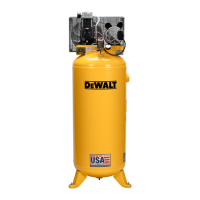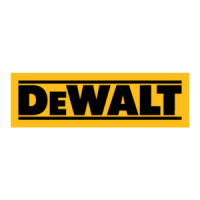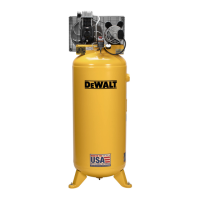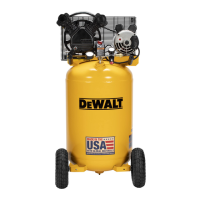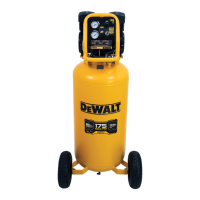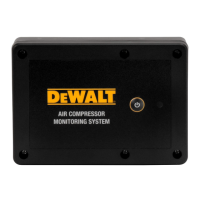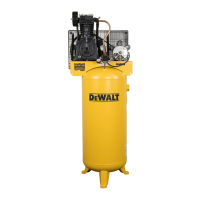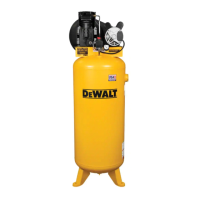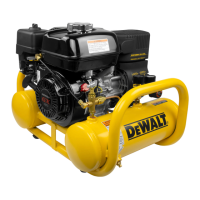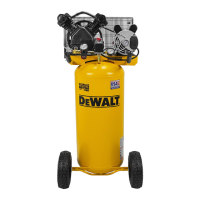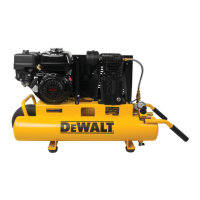INSTRUCTION MANUAL
GUIDE D’UTILISATION
MANUAL DE INSTRUCCIONES
INSTRUCTIVO DE OPERACIÓN, CENTROS DE SERVICIO
Y PÓLIZA DE GARANTÍA. ADVERNTENCIA: LÉASE ESTE
INSTRUCTIVO ANTES DE USAR EL PRODUCTO.
DXCM603
Single Stage, Belt Drive, Electric Air Compressor
Compresseur d’air électrique à un étage à entraînement par courroie
Compresor eléctrico de aire, de una sola etapa y accionamiento por correa
MAT Industries, LLC, Long Grove, IL 60047
(JUNE 22) Part No. E114470 DXCM603 Copyright © 2022 DEWALT
If you have questions or comments, contact us.
Pour toute question ou tout commentaire, nous contacter.
Si tiene dudas o comentarios, contáctenos.
1-888-895-4549 • www.DEWALT.com
